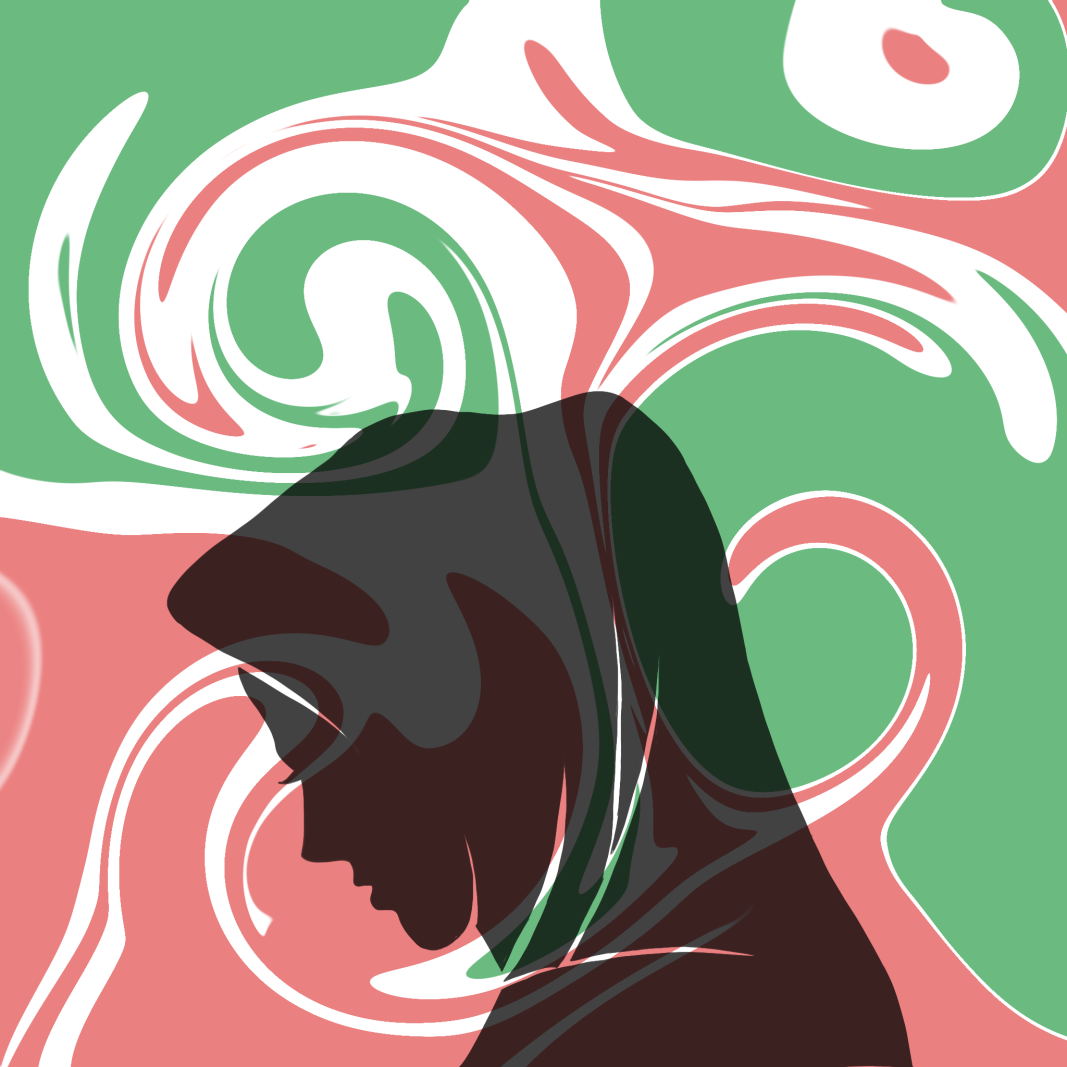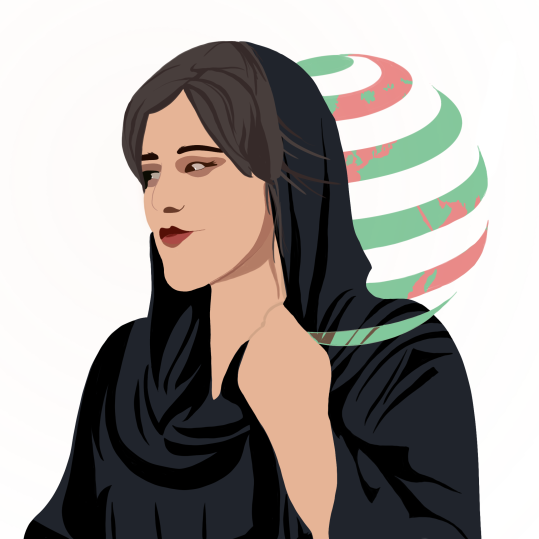Mahsa Amini, a 22-year-old Iranian woman, died in custody on September 16, 2022. Iranian authorities arrested and transported her to a detention center because she did not completely cover her hair with her hijab, which violated Iran’s strict Islamic clothing regulations. Three days after her detainment, she died inside a hospital. Police claim that this sudden death was due to underlying health problems and a heart attack, but according to Amini’s parents, their daughter was in perfect health before the incident. Witnesses claim that they saw authorities beating her as they took her away, which aroused widespread controversy and protests
In response to Mahsa Amini’s death, Iranian residents who believe that Amini’s death was not an accident flooded the streets in protest. This sudden resistance of the people is extremely monumental and rare for modern-day Iran. Iran ranks #178 out of 180 countries on the World Press Freedom Index, suggesting a reserved culture with strong religious regulations. However, Iranian women began to break free from the past traditions by marching in protest and burning their hijabs in public in response to the death of Mahsa Amini. The popular chant, “Women, Life, Freedom,” is often used in both the streets of Iran and online in an attempt to shed light on the situation in Iran.
In addition to in person protests, the Iranians used the internet as an outlet to further their ideas and convey their stance on the issue despite government censorship. Through the internet, non-Iranians have also discovered Amini’s story and started to post pictures of themselves cutting their hair in solidarity. As a result of the efforts, the issue spread overseas and protests emerged abroad in places such as Istanbul, Madrid, and New York.
Amini’s death has broken the hearts of many people from different backgrounds, as it portrayed another example of a government making decisions that many considers as against moral principals. However, it has also opened people’s eyes to some of the horrors that occur when the government interweaves religion with everyday life. This event caused a roaring call for change in society from many, and these women will continue to voice their opposition to the government until Iran transforms for the better. We can only hope that this thorn of lasting pain changes into a blossoming new flower of the future for Iran.
Written by Aava Ghorbanian

 Women's Rights: Movements
Women's Rights: Movements